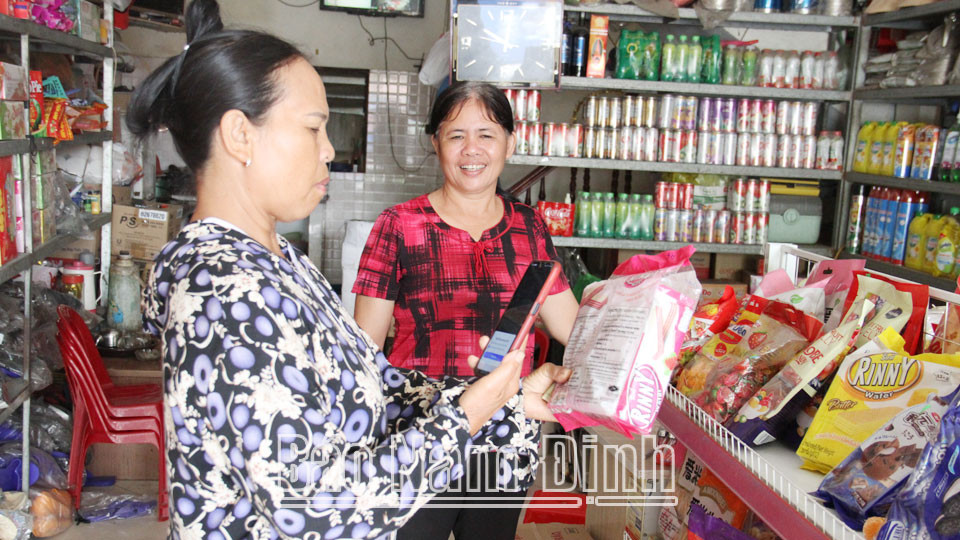 |
| People of Truc Cuong commune (Truc Ninh) use digital banking for payment. |
Decision No. 749/QD-TTg dated June 3, 2020 of the Prime Minister approving the "National Digital Transformation Program (DTP) to 2025, with a vision to 2030" has set the goal of universalizing 4G and 5G mobile network services by 2025; universalizing 5G mobile network services by 2030.
At the same time, it also clearly defines the tasks and solutions for developing digital infrastructure, stating: Re-planning frequency bands, developing 5G mobile network infrastructure, upgrading 4G mobile networks, and soon commercializing 5G mobile networks. The implementation of 2G wave cutting in Nam Dinh province will lead to about 379 3G and 4G wave depressions; the depression radius is from 150 to 500m (of which the most is Hai Hau district with 65 points), affecting the communication quality of mobile subscribers.
The reason is that 2G waves have longer wavelengths than 3G/4G/5G waves (the coverage range of 5G stations is only 20 to 100m while 2G/3G/4G stations using low frequency bands can cover a range of 2 to 15km), so when 2G waves are turned off, there will be more signal dips.
At the same time, the fact that all 2G devices are gradually switching to using 4G/5G waves will cause higher wave usage. Therefore, focusing on investing in 4G/5G base station infrastructure is an urgent issue that needs to be implemented immediately to avoid information interruption, affecting people's jobs and lives as well as the digital transformation roadmap in the area.
To quickly overcome the signal depression, in the first 6 months of 2024, the Department of Information and Communications has appraised and approved 131 locations for the construction of BTS stations for 3 telecommunications enterprises in the province (VNPT, Viettel, Mobifone ); integrated and included propaganda content on telecommunications infrastructure development, especially BTS infrastructure, in conferences to improve digital skills for people in new rural construction.
The Department also directed telecommunications enterprises to closely coordinate with local authorities and related units to organize propaganda and dissemination of legal regulations on BTS station construction management to create consensus and support among the people; pay attention to and invest in building BTS stations with 4G and 5G mobile information coverage to meet people's needs, while effectively serving the tasks of natural disaster prevention and security and defense in the province.
Telecommunications companies have proactively developed plans to focus on adding equipment and upgrading 4G/5G transmission and reception infrastructure to ensure service provision and best meet 4G/5G mobile network needs. Since the beginning of the year, companies have been building 57/131 locations, reaching 43.5% of the plan; bringing the total number of existing BTS stations to 1,804 locations.
Of these, 234 stations were built on public land (headquarters of departments, branches, commune-level People's Committees, village cultural houses), the rest were mainly contracted with households and businesses to rent land for a limited period to build stations. VNPT Nam Dinh is currently managing 619 BTS stations on the network (519 Macro stations, 100 Remote and Smallcell stations).
In 2024, it is expected to invest and develop 81 new BTS stations, including 45 Macro stations, 36 Remote sector stations and about 50 5G stations. In the first 7 months of the year, 16 stations were built and broadcast (13 Macro stations, 3 Remote stations). In addition, VNPT Nam Dinh has deployed Moran cooperation with Mobifone for 15 stations.
In the coming time, VNPT Nam Dinh will continue to invest in broadcasting station infrastructure, meeting the requirements of ensuring communication for management, operation, production and people's daily life. Viettel Nam Dinh has 107 signal depression points. It is expected to develop 107 4G broadcasting stations and 227 5G broadcasting stations.
Although the authorities and telecommunications companies have made efforts, the construction of BTS stations is still facing difficulties because people use the excuse that the electromagnetic waves of BTS stations affect their health to file lawsuits and prevent the construction.
Although the Ministry of Information and Communications affirms that the research results of international organizations such as the World Health Organization (WHO) and the International Telecommunication Union (ITU) do not have any convincing scientific evidence showing that radio frequency signals from BTS stations and radio networks cause harmful effects on human health.
In addition, when telecommunications enterprises start to build BTS stations, they are all inspected for compliance with standards for mobile information transmission and reception station equipment. All GSM base station equipment, optical and microwave equipment of enterprises in the province when imported to Vietnam have been granted certificates of compliance by the Ministry of Information and Communications. The work of checking and reviewing to ensure the quality of BTS station construction is well maintained every year. Besides, there are also some problems regarding the conditions for building BTS stations.
Faced with the urgency to accelerate the installation of BTS stations to serve the province's socio-economic development and digital transformation, in the coming time, the Department of Information and Communications will coordinate with the People's Committees of Nam Dinh districts and cities and telecommunications enterprises to remove difficulties and obstacles in the process of building and developing BTS stations, especially in propaganda, mobilization, and explanation work to help people understand that electromagnetic waves from BTS stations do not affect human health.
For some problems related to station installation conditions, the Department will coordinate with the Department of Construction, Department of Natural Resources and Environment, People's Committees of districts and Nam Dinh city to unify opinions and submit to the Provincial People's Committee for consideration and appropriate adjustment.
In addition, for the telecommunications market to develop sustainably and harmoniously, businesses need to review and adjust BTS station locations with coordinates that are not consistent with the Passive Telecommunications Infrastructure Planning of Nam Dinh Province for the period 2015-2020 approved by the Provincial People's Committee.
Increase the shared use of telecommunications infrastructure according to the planning orientation until 2025. Strictly implement State regulations on telecommunications infrastructure development in the province.
According to Nguyen Huong (Nam Dinh Newspaper)
Source: https://vietnamnet.vn/nam-dinh-xay-dung-tram-thu-phat-song-thong-tin-di-dong-2324247.html



![[Photo] The 9th Congress of the Party Committee of the Office of the President, term 2025-2030](https://vphoto.vietnam.vn/thumb/1200x675/vietnam/resource/IMAGE/2025/6/20/78e7f27e8c4b4edc8859f09572409ad3)






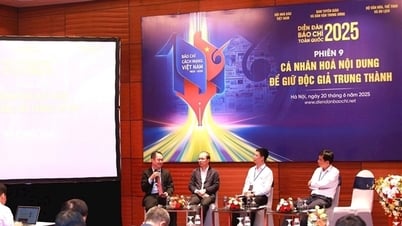


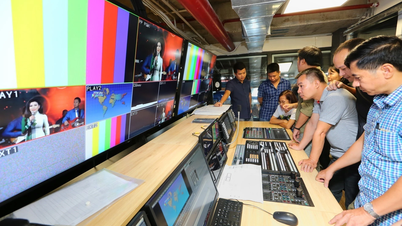







































![[Maritime News] Wan Hai Lines invests $150 million to buy 48,000 containers](https://vphoto.vietnam.vn/thumb/402x226/vietnam/resource/IMAGE/2025/6/20/c945a62aff624b4bb5c25e67e9bcc1cb)











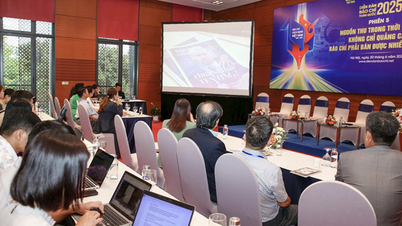






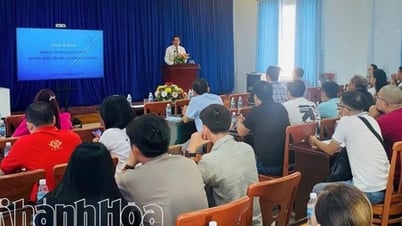


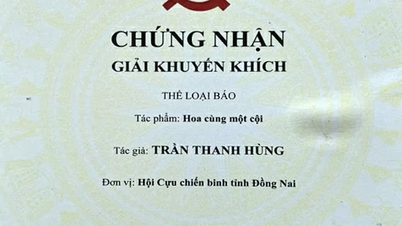

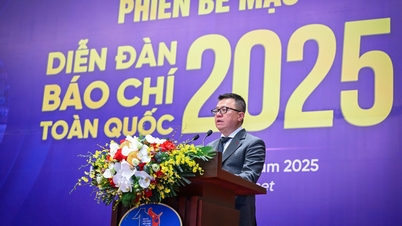





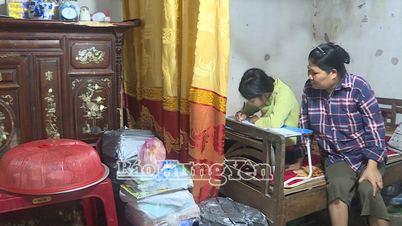














Comment (0)